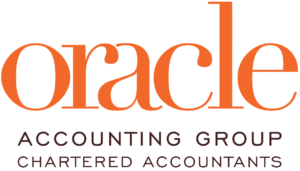
Implement strategies to safeguard the wealth and assets of family from risks
Family asset protection refers to the implementation of strategies and measures aimed at safeguarding the wealth and assets of a family from various potential risks and threats. These risks may include legal liabilities, creditors, lawsuits, taxes, divorce settlements, and other unforeseen financial challenges. The primary goal of family asset protection is to preserve and protect the family’s wealth and assets for future generations, ensuring that they are not unnecessarily depleted or lost due to unexpected events.
This can involve a variety of approaches, including:
Estate Planning
Establishing wills, trusts, and other legal documents to specify how assets should be distributed upon death and to minimize estate taxes.
Asset Ownership Structuring
Structuring ownership of assets in a way that limits exposure to potential liabilities. This might involve using legal entities such as trusts, limited liability companies (LLCs), or family partnerships.
Insurance
Securing appropriate insurance coverage to protect against risks such as property damage, liability claims, and loss of income.
Legal Entities
Establishing separate legal entities for business and personal assets to provide an additional layer of protection against personal liability.
Financial Planning
Developing comprehensive financial plans that take into account potential risks and incorporate strategies to mitigate them.
Asset Titling
Ensuring that assets are titled correctly and held in a manner that provides maximum protection from creditors and legal claims.
Continual Review and Updates
Regularly reviewing and updating asset protection strategies to adapt to changing circumstances, laws, and family dynamics
Overall, family asset protection involves a proactive and holistic approach to managing and preserving wealth, with the aim of
providing financial security for the family both now and in the future.



